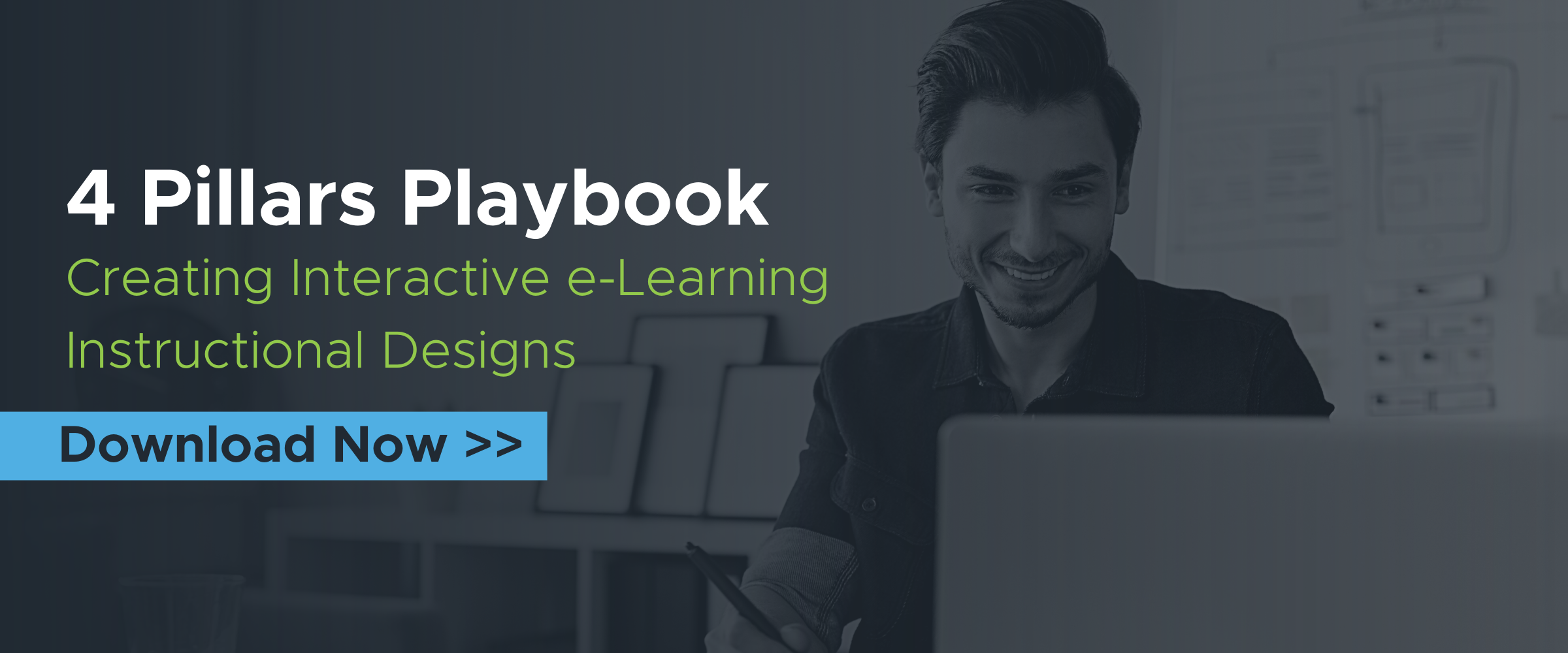Blog
On the Road with Ethan Edwards: Pettit Chapel in Belvidere, Illinois
In "On the Road with Ethan Edwards," Ethan visits the Golden Spike National Historic Park in Utah.

.png?width=1387&height=526&name=Services%20-%20On%20the%20Road%20w%20Ethan%20Edwards%20%20(7).png)
On the Road with Ethan Edwards: Golden Spike National Historic Park
By Ethan Edwards | November 11, 2021 | Custom Learning | 0 Comments
In "On the Road with Ethan Edwards," Ethan visits the Golden Spike National Historic Park in Utah.
I was reminded of the common practice of designing for the lowest-skilled possible learner and the consequences of that on a recent visit to Golden Spike National Historic Park in Utah, and this video captures my thoughts at the time.
A key part of the success of any e-learning module is the interface — the layout, the imagery, the colors, the fonts, the navigation controls, etc. — that provides the framework in which the activities that develop skills and extend knowledge reside. There is a long tradition of user-interface design that calls for consistency and uniformity, clarity, simplicity, etc. The idea is that a good interface is “transparent” in that it doesn’t get in the way at all in doing what needs to be done. These ideas were developed in the context of using a tool to create some end (like a word processor or database) or information system. A transparent system allows a user to almost operate automatically without thinking of the meaning of their choices.
All of this is exceedingly important, but I think we have taken “User Interface Design” to apply directly to designing online learning, and in doing so have actually sometimes made our task of engaging the learner unnecessarily difficult. You see, in learner experiences it is important that learner is always thinking of the meaning of choices. The desired outcome is not some specifically formatted document. the learner experience is actually the thing of greatest importance, the thing that must NOT be transparent if we expect the create meaningful and memorable learning modules.
I’m not saying we should ignore the well-established principles of interface design, but our goal is to create experiences where the learner should be actively challenged to care about as many of the lesson tasks as possible. I’ve seen designs where the highest priority was to shoe horn all content and all interactions into a single unalterable screen layout regardless of variations in purpose. The fact that the learner could then navigate with an exceedingly small set of gestures was thought of as an advantage, even though it allowed the learner to progress without actually paying attention to anything happening on the screen.
We like to feel like we matter. We feel valued when we bring something of value to a situation. We feel dismissed when our skills and experiences are devalued. Our interfaces and help systems are a big part of establishing a sense of control and authority in our learners.
When our systems communicate the message, “I believe you have no existing skills or experiences to bring to this task,” it immediately excludes the learner. When the message is “Use your knowledge and experiences to make this activity your own,” it creates motivation and meaning right from the start.
Now I’m not suggesting making things obscure or difficult or intentionally inconsistent by any means. But I am suggesting we take a serious look at our intended audience and design for them. If your learners typically work on computers, or even if you know they have already done other e-learning, rethink how much explaining you have to do of the interface. Provide robust and easily accessed help, but assume that the majority of your audience will easily assess the options available and dive in. And no amount of pre-explaining will be as valuable, communicative, or as immediate as one mistaken gesture and its clear consequences. People understand how this thinking applied to learning interactions makes a big impact. A little of this thinking when crafting elements of the interface and help mechanisms can make a huge difference in learner engagement.

About the Author: Ethan Edwards
Ethan Edwards draws from more than 30 years of industry experience as an elearning instructional designer and developer. He is responsible for the delivery of the internal and external training and communications that reflect Allen Interactions’ unique perspective on creating Meaningful, Memorable, and Motivational learning solutions backed by the best instructional design and latest technologies.
Comments
Would you like to leave a comment?
Related Blog Posts
.png?width=316&name=Services%20-%20On%20the%20Road%20w%20Ethan%20Edwards%20%20(5).png)
By: Ethan Edwards | Nov, 2021
Category: Custom Learning
.png?width=316&name=Services%20-%20On%20the%20Road%20w%20Ethan%20Edwards%20%20(1).png)
Blog
On the Road with Ethan Edwards: Courthouse Square in Sullivan, Illinois
In "On the Road with Ethan Edwards," Ethan visits the Golden Spike National Historic Park in Utah.
By: Ethan Edwards | Jun, 2021
Category: Custom Learning

Blog
It’s No Mystery: Meaningful & Memorable Matters
In "On the Road with Ethan Edwards," Ethan visits the Golden Spike National Historic Park in Utah.
By: Ethan Edwards | Jun, 2013
Category: Custom Learning


